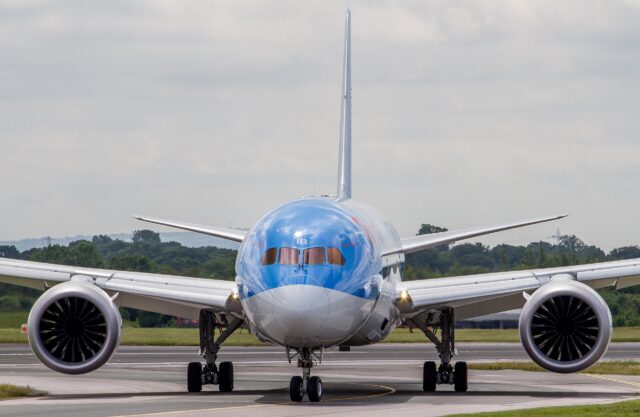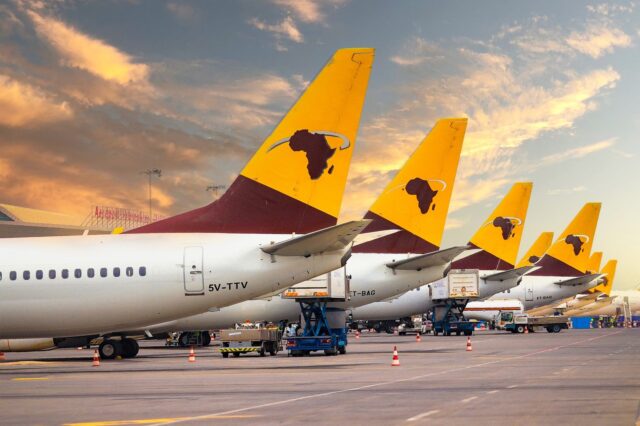Thales and Alenia Space sign contract with European Commission for EuroHAPS
The Stratobus courtesy of Thales Alenia Space
Thales Alenia Space and Leonardo have signed a €43 million contract for the EuroHAPS (High-Altitude Platform Systems) demonstration project.
EuroHAPS was…

The Stratobus courtesy of Thales Alenia Space
Thales Alenia Space and Leonardo have signed a €43 million contract for the EuroHAPS (High-Altitude Platform Systems) demonstration project.
EuroHAPS was selected by the European Commission on July 20, 2022 after a call for collaborative defence research and development projects from the European Defence Fund (EDF).
“It is undoubtedly one of the most ambitious demonstrations ever undertaken, and will make Europe a pioneer in this new aerospace segment,” said Hervé Derrey, CEO of Thales Alenia Space.
Thales Alenia Space is coordinating the European consortium of 21 partners, and 18 subcontractors, from 11 countries handling the project. EuroHAPS aims to develop several stratospheric demonstrators for missions designed to improve intelligence, surveillance and reconnaissance (ISR) and communications capabilities. The main project partners are CIRA, Elettronica and Leonardo from Italy, ONERA and CEA from France, INTA from Spain, and ESG with TAO from Germany.
The project will conduct flight demonstrations for three types of complementary stratospheric platforms:
A reduced-scale Stratobus from Thales Alenia Space, a solar-powered airship designed for long-endurance missions and offering large payload capacity
A Hybrid High Altitude Airship (HHAA or tactical HAPS) from CIRA, capable of generating extra lift with a wing airfoil
An Autonomous Stratospheric Balloon System (ASBaS) from ESG and TAO consisting of a series of three altitude-controllable balloons
The three types of platforms are complementary and feature very different operating times, capacity and operational restrictions. They will give Europe a broad spectrum of solutions to meet a variety of different requirements.
These platforms will test a range of missions, including lidar observation to detect and classify targets at sea or on land, and for the latter the ability to detect them in environments with vegetation cover. COMmunications intelligence (COMINT) and electronic intelligence (ELINT) missions will also be tested, as well as a meshed broadband communications network for air and land players.
Demo flights in 2024
EuroHAPS is thus reviving the use of high-altitude platform systems for government and defence missions with the support of six defence ministries (France, Italy, Spain, Germany, Hungary and the Czech Republic), the European Commission, the French Sud regional authority and the Canary Islands region, where, in addition to the ones planned in Sardinia (Italy), some demonstration flights are planned to operate from Fuerteventura island starting in 2024.
HAPS offer a new opportunity to complement ground-based, satellite-based or airborne assets with unique capabilities tailored to operational requirements. The stratosphere is a domain largely ignored until now that supports very-long-duration missions — up to one year — at relatively low altitudes (about 20 km), thus affording excellent resolution for observation missions and robust link budgets for communications missions.
These flight demonstrations of HAPS will allow to demonstrate different platforms, address the main technical risks associated with these new technologies, while refining operational requirements to ultimately enable development of future HAPS systems.
“We would like to thank all the institutional investors contributing to this project for their confidence and support in making this demonstration a reality,” said Derrey.
Subscribe to the FINN weekly newsletter
















